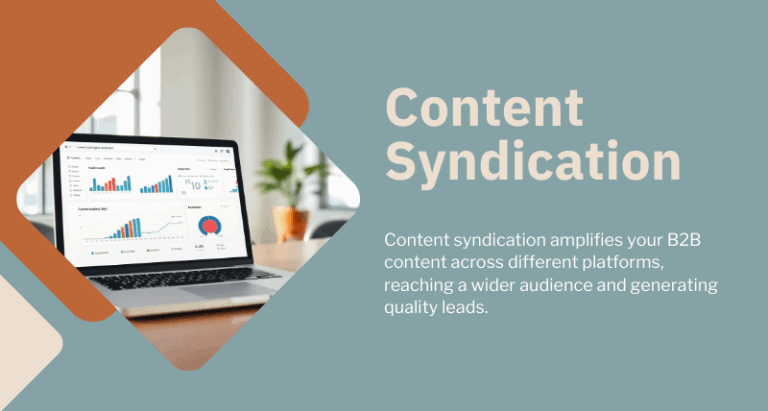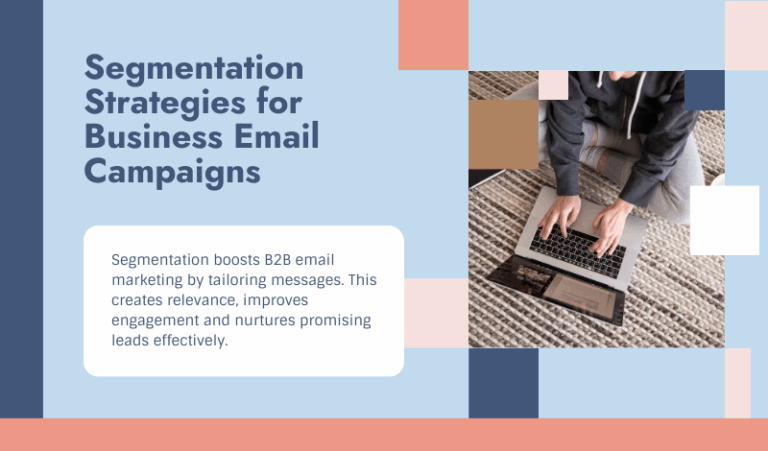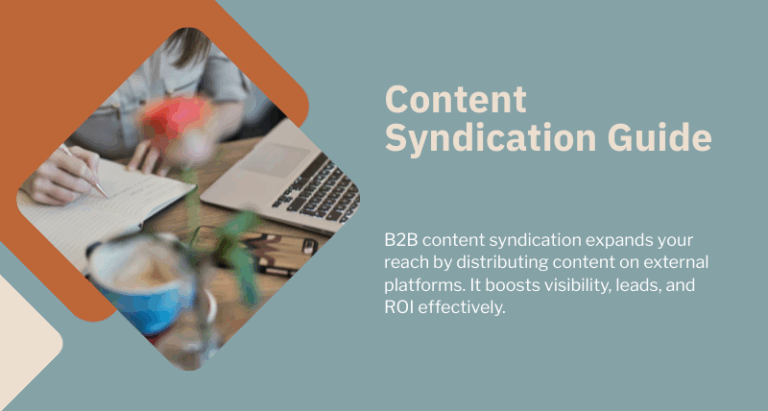
A mid-cycle marketing email is a targeted message sent during the middle of a customer’s journey, focusing on nurturing leads and guiding potential clients further down the sales funnel. These emails play a crucial role in lead generation by keeping your brand top of mind and encouraging engagement. While early-stage emails may introduce your products or services, mid-cycle emails drive meaningful interactions, preparing leads for conversion.
For professionals, mastering the art of mid-cycle emails can elevate lead conversion rates significantly. This article will break down the specific steps for creating impactful mid-cycle emails geared towards lead generation, focusing on segmenting audiences, optimizing messaging, and tracking engagement.

Why Mid-Cycle Marketing Emails Are Essential for Lead Nurturing
Unlike other stages in the email marketing process, mid-cycle emails are specifically designed to maintain and deepen relationships with leads who have already shown interest but aren’t quite ready to convert. These emails aim to:
- Educate leads about how your solution can address their specific challenges.
- Showcase social proof and testimonials to strengthen credibility.
- Provide valuable content that aligns with their interests, increasing your customer lifetime value.
With a carefully crafted mid-cycle email strategy, companies can achieve higher lead quality and enhance conversion rates, making this a powerful tool for growth.
Segmenting Your Audience for Targeted Mid-Cycle Emails
Segmentation is the backbone of a successful mid-cycle email strategy. By dividing your audience based on their interests, behaviors, and engagement levels, you can create personalized messages that resonate better with each group. Here’s how to achieve effective segmentation for mid-cycle emails:
1. Behavioral Segmentation
Segment leads based on their interactions with previous emails, website behavior, and other touchpoints. For instance, leads who frequently visit product pages may benefit from emails highlighting case studies, while those engaging with educational resources might appreciate content like blog posts or whitepapers.
2. Demographic and Firmographic Segmentation
For B2B companies, firmographic data such as company size, industry, and job role can inform the email’s tone and content. Decision-makers in tech may respond well to detailed product specs, whereas those in marketing may value case studies showcasing improved engagement rates.
3. Engagement-Based Segmentation
Track engagement levels to adapt the frequency and content of mid-cycle emails. Leads showing high engagement, like consistent email opens or clicks, may be ready for emails that prompt direct actions, such as booking a demo. Less-engaged leads may need educational content or an incentive to re-engage.
By precisely tailoring content through segmentation, businesses can optimize mid-cycle emails to drive deeper interest and build the foundation for conversion.
Crafting Effective Mid-Cycle Email Content
The content of mid-cycle emails should bridge the gap between awareness and decision-making. Here are a few effective content formats for mid-cycle emails that will not only nurture leads but also establish trust and reinforce brand authority.
1. Educational Content to Build Trust
Providing valuable content that addresses specific pain points can position your brand as a trusted advisor. Use resources like:
- Industry reports and guides to offer data-driven insights.
- How-to guides to demonstrate your product’s value in practical terms.
- Comparison content that differentiates your solution from competitors.
This approach helps leads see the practical benefits of your solution without a hard sell.
2. Customer Success Stories and Case Studies
Social proof is essential for moving leads closer to conversion. Showcase real-world applications of your product or service through:
- Case studies that demonstrate measurable outcomes.
- Customer testimonials from companies or individuals similar to your lead segments.
- Product reviews or ratings that highlight unique value.
For example, including a customer success story within your email can be highly persuasive, especially when it resonates with the reader’s specific needs.
3. Interactive and Engaging Content
Engagement-focused elements like polls, quizzes, and surveys allow leads to actively participate in the email experience, reinforcing brand connection and providing valuable feedback. For example, a brief quiz asking leads about their specific needs can lead to a follow-up email with tailored resources, making them more likely to continue engaging with your brand.
By selecting content that speaks directly to the lead’s stage in the customer journey, you’ll create mid-cycle emails that add real value, keeping your brand relevant and memorable.
Designing the Perfect Mid-Cycle Email for Lead Engagement
To capture attention and encourage action, mid-cycle emails should have a compelling design that supports the email’s message. A well-designed mid-cycle email will balance visuals and text, keeping it easy to read and engaging. Here’s how to optimize your email design:
1. Eye-Catching Subject Lines and Preheaders
Since subject lines and preheaders are the first things a lead sees, make them count. Aim to craft subject lines that highlight a benefit or create curiosity. For example, “See how [Your Solution] saved Company X 30%” is more intriguing than “Our Solution.”
2. Concise and Scannable Layouts
Use concise paragraphs, headers, and bullet points to make the email easy to scan. Leads are often pressed for time, so breaking up the content visually can help them locate the main points quickly.
3. Effective CTAs (Calls to Action)
Place clear, well-positioned calls to action (CTAs) within the email to guide leads toward the next step. Use action-oriented language like “Download the Case Study,” “See a Live Demo,” or “Explore Our Guide” to encourage interaction.
By focusing on readability and highlighting clear CTAs, your email will make it easier for leads to engage, contributing to higher click-through rates.
Timing and Frequency for Mid-Cycle Emails
Mid-cycle emails require careful timing. Too frequent, and you risk losing subscribers; too infrequent, and leads might lose interest. Follow these timing guidelines to find a balanced cadence:
1. Analyze Open Rates and Engagement Trends
Track metrics like open rates and click-through rates (CTR) to identify optimal send times. For instance, if you find leads responding more actively to early-week emails, focus on Mondays or Tuesdays.
2. Avoid Overwhelming Leads
Sending too many emails can lead to opt-outs. Space out mid-cycle emails to allow time for leads to engage with each piece of content without feeling overwhelmed.
3. Implement Trigger-Based Automation
Set up automated triggers based on lead actions, such as clicking a link or downloading a resource. These triggers ensure that emails are sent at times when the lead is actively engaging with your brand.
An optimal mid-cycle email frequency could be bi-weekly or once every three weeks, depending on the level of engagement, helping you maintain interest without email fatigue.

Analyzing Mid-Cycle Email Performance to Optimize Lead Nurturing
Tracking and analyzing your mid-cycle email performance provides valuable insights that can guide future campaigns. Here’s how to measure the success of mid-cycle emails effectively:
1. Open Rate and Click-Through Rate (CTR)
These metrics provide insight into how well your subject lines and CTAs are working. A higher-than-average CTR may indicate a strong CTA or engaging content, whereas a low CTR might mean the CTA needs adjustment.
2. Conversion Rate
Track how many leads took a meaningful action, like scheduling a demo or requesting more information, after receiving your email. This data will help you determine which emails are most effective in driving lead conversion.
3. Bounce Rate and Unsubscribe Rate
High bounce or unsubscribe rates could signal that the email content isn’t relevant or that you’re sending too frequently. Use these metrics to adjust email timing, content, or targeting.
4. Heatmaps and Click Maps
Heatmaps or click maps within your email tool can show where leads are clicking the most. If a specific part of your email attracts more clicks, consider making it more prominent or turning it into a main feature in future emails.
These performance insights allow you to optimize each element of your mid-cycle email strategy to better nurture leads and move them toward conversion.
Best Practices for Mid-Cycle Marketing Emails
With multiple components involved in mid-cycle emails, following best practices can ensure your messages are impactful and relevant to your leads. Here are several practices to consider:
1. Personalize Your Messaging
Use lead information to personalize emails beyond just adding names. Referencing a lead’s specific industry challenges or goals adds relevance and strengthens engagement.
2. Use A/B Testing
A/B testing for subject lines, CTAs, and email layouts can help refine your approach and maximize results. Testing small changes over time will show what resonates best with your audience.
3. Keep Content Relevant to Lead Interests
By focusing each email on the topics most relevant to the recipient, you’ll increase open rates and encourage further interaction. Segmenting leads according to content preferences also improves engagement levels and nurtures stronger connections.
4. Optimize for Mobile
Ensure that mid-cycle emails display well on mobile devices. With many professionals checking emails on the go, mobile optimization is key for delivering a seamless user experience and ensuring that CTAs are easily clickable.
By following these best practices, your mid-cycle emails can maintain high engagement and support your overall lead generation strategy effectively.
Moving Leads Towards Conversion
The ultimate goal of mid-cycle emails is to guide leads toward a conversion. These emails bridge the gap between awareness and decision-making by fostering engagement, educating leads on your solution’s benefits, and strengthening trust. By delivering valuable content, segmenting effectively, and analyzing performance, companies can optimize their mid-cycle email strategy and drive meaningful results.
Mid-cycle emails are an essential component in any comprehensive lead generation strategy, as they allow brands to deepen relationships with leads, create opportunities for engagement, and ultimately convert those leads into loyal customers.



